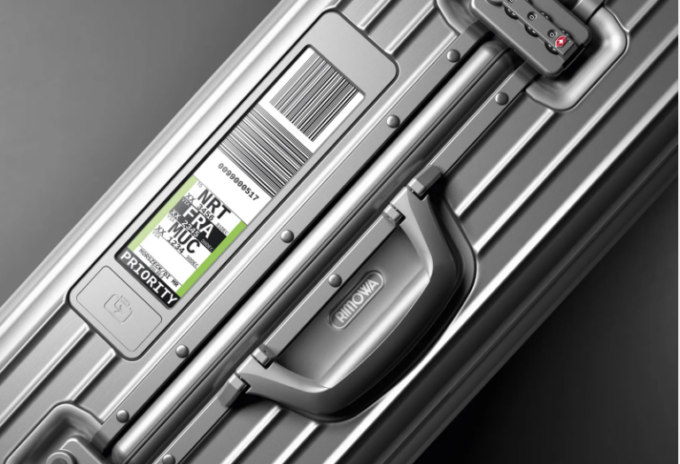With Europe having an outsized share of luggage misplacement, along with high labor costs, and many connecting flights coming from countries where the cost of labor is low, there is an inherent conflict of benefits. The lower-cost airports would see a smaller share of the benefits and so little motivation to install RFID systems. As Matthey points out, there is an IATA-led recommendation to implement RFID, but very few airports have done so, even if the business case might argue for it.
Many players on the field
The picture gets even more complicated when looking at the different players involved in handling luggage.
There is the airport, which provides the necessary infrastructure and fixed equipment like the check-in desks, conveyors, security x-rays, gates, etc. But in most cases the people who check in the luggage and load it onto planes are not airport employees, they work for an airline or ground services companies like Swissport or Celebi, to name two from a crowded, fragmented market. These companies provide the labor, and most servicing equipment for an aircraft, but not the airport’s infrastructure. Both the airports and the ground handling providers bill the airlines for the “services” provided. Those costs are in turn part of the airfare and taxes the passenger pays.
With this market structure, it is difficult to see an RFID project making headway. The airports do not benefit from the greater efficiency brought by RFID, yet they normally provide capital improvements to their facilities. Ground services companies have no infrastructure equipment at all, and any efficiency benefits they would reap would accrue to the airlines through cost reductions.
That would leave the airlines as a potential investor in RFID systems. But even here the incentive structures are not aligned. Airlines are not normally in the business of paying for infrastructure investments for airports. Also, low-cost airlines have grown over the last 20 years and these airlines generally work point-to-point, with few international transfers that are the largest cause of misplaced luggage. They would see little reason to pay for RFID systems that would benefit their competitors. And as with airports, there is no global body that provides a mechanism to orchestrate and move initiatives forward.







